The Dragon Boat Festival, also known as “Duan Yang Festival” or “Long Zhou Festival,” encompasses customs such as ancestor worship, family reunions, and large-scale activities. Celebrated on the fifth day of the fifth lunar month annually, it is one of China’s most distinctive and significant traditional festivals.
History of the Dragon Boat Festival
As one of China’s four major traditional festivals, the Dragon Boat Festival originated in the Han Dynasty. Among its many legends, the most prevalent commemorates the ancient poet Qu Yuan, who drowned himself on the fifth day of the fifth lunar month.
To honor him, people designated this date as the festival. Over time, it has evolved into a globally recognized cultural heritage event and was China’s first festival inscribed on UNESCO’s Intangible Cultural Heritage list in 2009.
Festival Activities
1.Dragon Boat Racing
Dating back over 7,000 years, ancient Chinese crafted wooden boats adorned with intricate carvings and paddles for water activities—the earliest form of dragon boats.
Modern dragon boats feature sleek designs with dragon-headed prows and tails, some stretching over 30 meters long and accommodating 100 rowers.
Teams practice intensively before the festival, and races are held nationwide amid lively cheers from spectators.
2.Hanging Medicinal Herbs
A widespread custom involves hanging herbs like mugwort and calamus outside homes to ward off evil spirits and pray for blessings.
Traditionally, the fifth lunar month’s intense sunlight was believed to cause ailments, making protective herbs essential.
3.Collecting Noon Water
Between noon and 2 PM on the festival day, the sun’s yang energy peaks.
Water exposed to sunlight during this period—called “Noon Water” or “Extreme Yang Water”—is collected in containers.
Believed to heal illnesses, it can be consumed or used for bathing.
Traditional Food
Zongzi (sticky rice dumplings) is the universal delicacy. Bamboo leaves wrap glutinous rice fillings, tied with strings. Regional variations exist:
Northern China: Sweet fillings like red dates or red bean paste.
Southern China: Savory fillings like ham or pork.
Origins: China or Korea?
In 2005, South Korea’s “Gangneung Danoje Festival” was inscribed by UNESCO. Its application text acknowledged: “Danoje originated in China and spread to Korea over 1,500 years ago.”
China’s Dragon Boat Festival was separately listed as world intangible heritage in 2009.


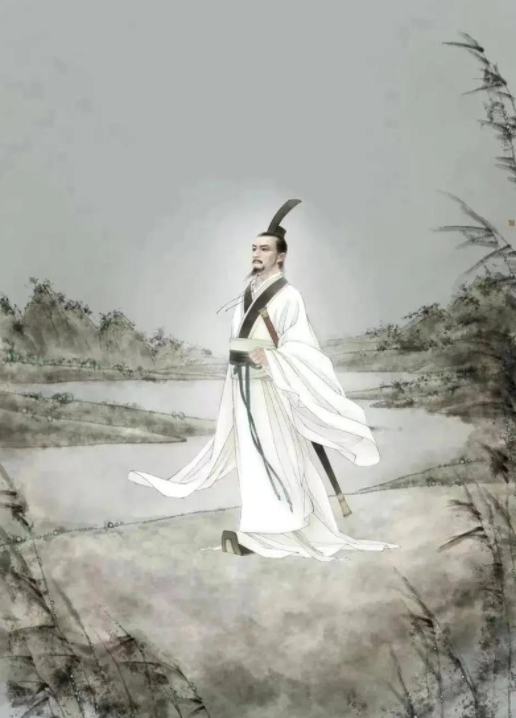
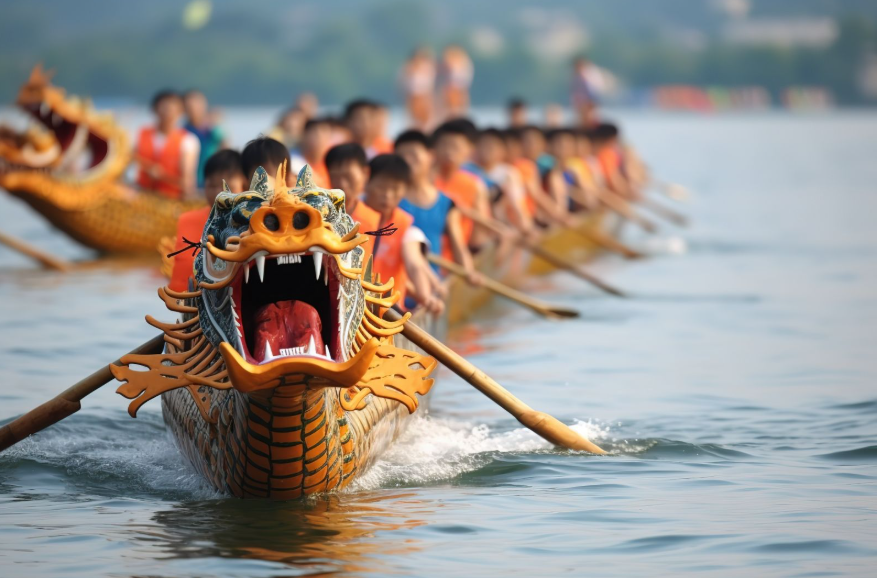
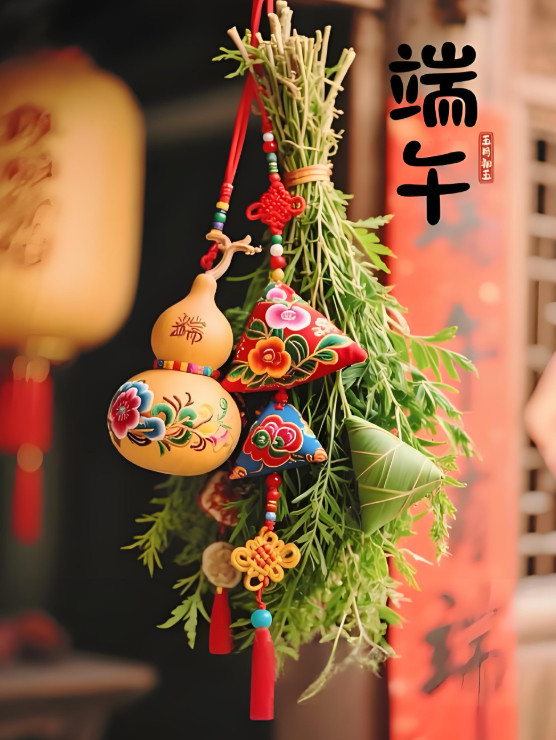
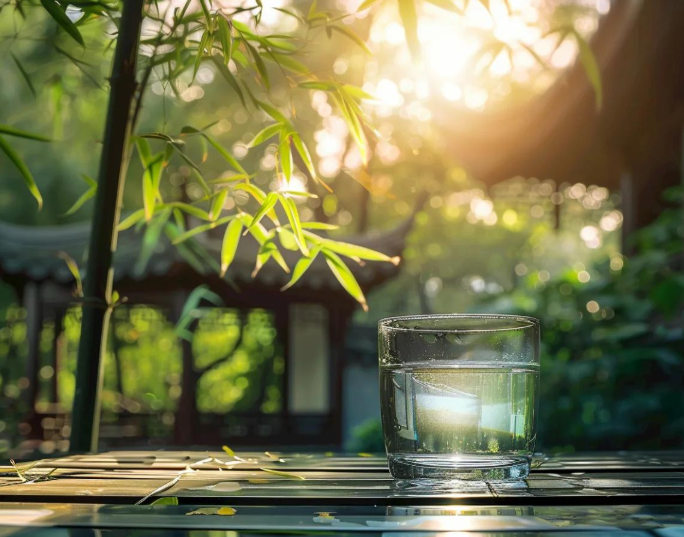
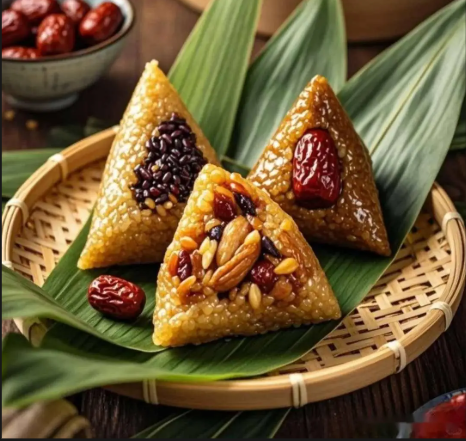
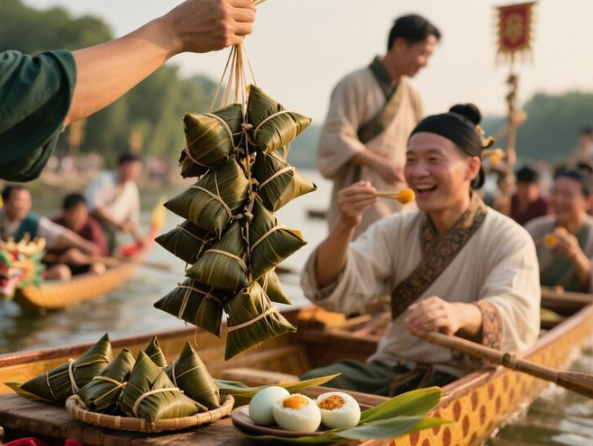




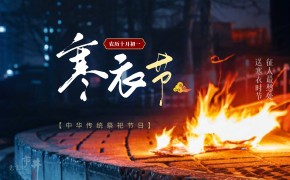
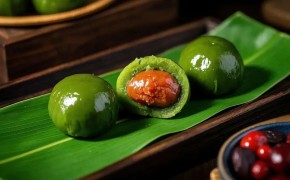






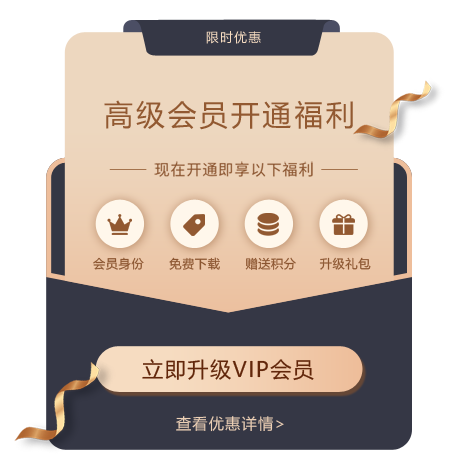
There are no comments yet, come and comment~